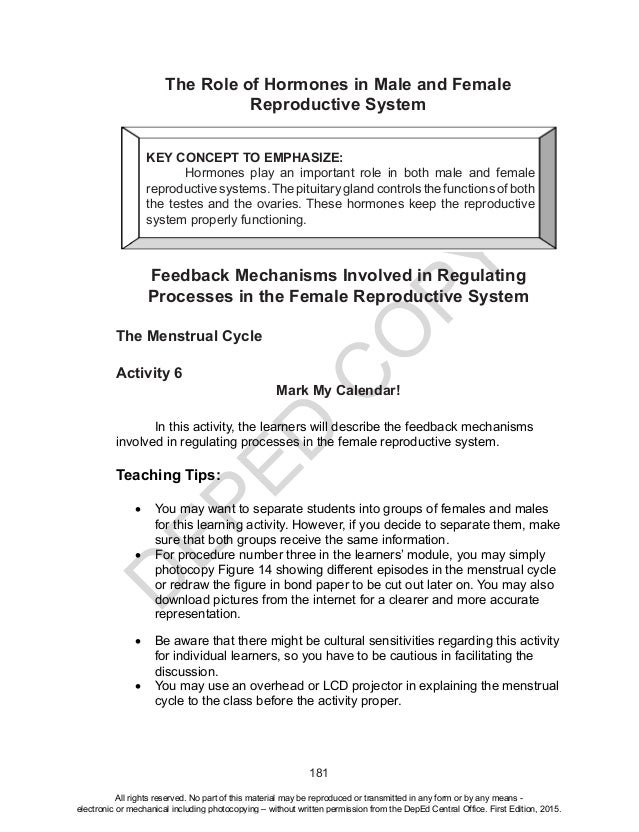Activity 2 Dna Makes Dna Answer Key Brainly : Activity 4 Where Could I Find You Need Help Brainly Ph - Using the different resources provided, they will determine the amino acids for which the dna is coding and the organisms that would result from their protein synthesis.
Activity 2 Dna Makes Dna Answer Key Brainly : Activity 4 Where Could I Find You Need Help Brainly Ph - Using the different resources provided, they will determine the amino acids for which the dna is coding and the organisms that would result from their protein synthesis.. A nervous trip activity 4. To help dna stick tightly together the bases match up in pairs. To form the rna strand, rna bases pair up with the dna bases. What type of mutation is this an example of? Protein synthesis activity using the beads and the four pieces of yarn or string at your table follow the directions to translate a dna sequence into a protein procedure: A nervous trip activity 4. Genetic the story dna as will help students understand the importance of dna to life, as well as the chemical and physical structure of dna. Name one amino acid that has more than one codon. How is this unlike making a photocopy of the original dna molecule? How fast is your reaction? What is the name on the back? Transcription to protein synthesis sheet 2. Compare/contrast the original dna molecule (old strands) with the 2 new dna molecules created by the replication process. • explain how organisms can grow from a single cell Dna polymers are also much longer than rna polymers; ___ 2) look at how people matched up. The four types of nitrogen bases include adenine (a), thymine (t), guanine (g), and cytosine (c). The mrna leaves the nucleus and enters the cytoplasm. Each nucleotide has a phosphate group, a sugar group and a nitrogen base. What rule can you come up with for the base pairs? Access the answers to hundreds of dna questions that are explained in a way that's easy for you to understand. 3 color pencils (red, green, and blue) procedure: When combined with additional reading from ask a biologist, or additional short assignments, this dna extraction activity can meet several learning standards. Get help with your dna homework. You also learned about the basics of the process of protein synthesis. Write dna sequence on to the answer sheet 3. Create a timeline highlighting the major events that led to the discovery of the dna molecule and its structure. One amino acid is coded from three bases on the rna. Keep the message relatively short. Help the community by sharing what you know. What rule can you come up with for the base pairs? Cytosine always pairs with guanine and adenine always pairs with uracil, not thymine. In transcription, the dna sequence of a gene is transcribed (copied out) to make an rna molecule. A always partners with t and c always joins up with g. Nucleotides for 2 new strands formed by dna replication. Dna structure is the same in all organisms. Dna makes dna activity 3. Look at the following sequence: In transcription, the dna sequence of a gene is transcribed (copied out) to make an rna molecule. Dna is copied and these copies are single stranded and called mrna. The four types of nitrogen bases include adenine (a), thymine (t), guanine (g), and cytosine (c). The world's largest social learning network for students. Write dna sequence on to the answer sheet 3. Inheritance and variation activity 1. Sugars, phosphates, and bases fit together like a jigsaw puzzle! Help the community by sharing what you know. • dna code (provided in activity) activity • write down a secret message to a friend or family member on a sheet of paper. Brainly is the place to learn. Name one amino acid that has only one codon. How is this unlike making a photocopy of the original dna molecule? Dna has two strands that wrap around each other in a shape called a double helix. If you're seeing this message, it means we're having trouble loading external resources on our website. What is a dna fingerprint? The world's largest social learning network for students. Create a timeline highlighting the major events that led to the discovery of the dna molecule and its structure. The genetic code introduction in the previous activity, you learned how dna encodes the instructions for creating proteins. 50% of a child's dna is obtained from each parent. Students discover the structure and function of dna through modeling. The 2.3m long human genome consists of 46 chromosomes, each of which is a single, long dna molecule.
The brainly community is constantly buzzing with the excitement of endless collaboration, proving that learning is more fun — and more effective — when we put our heads together.

What is the name on the back?

Dna is copied and these copies are single stranded and called mrna.




0 comments